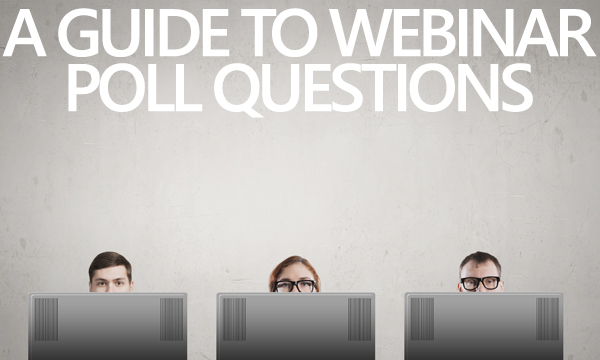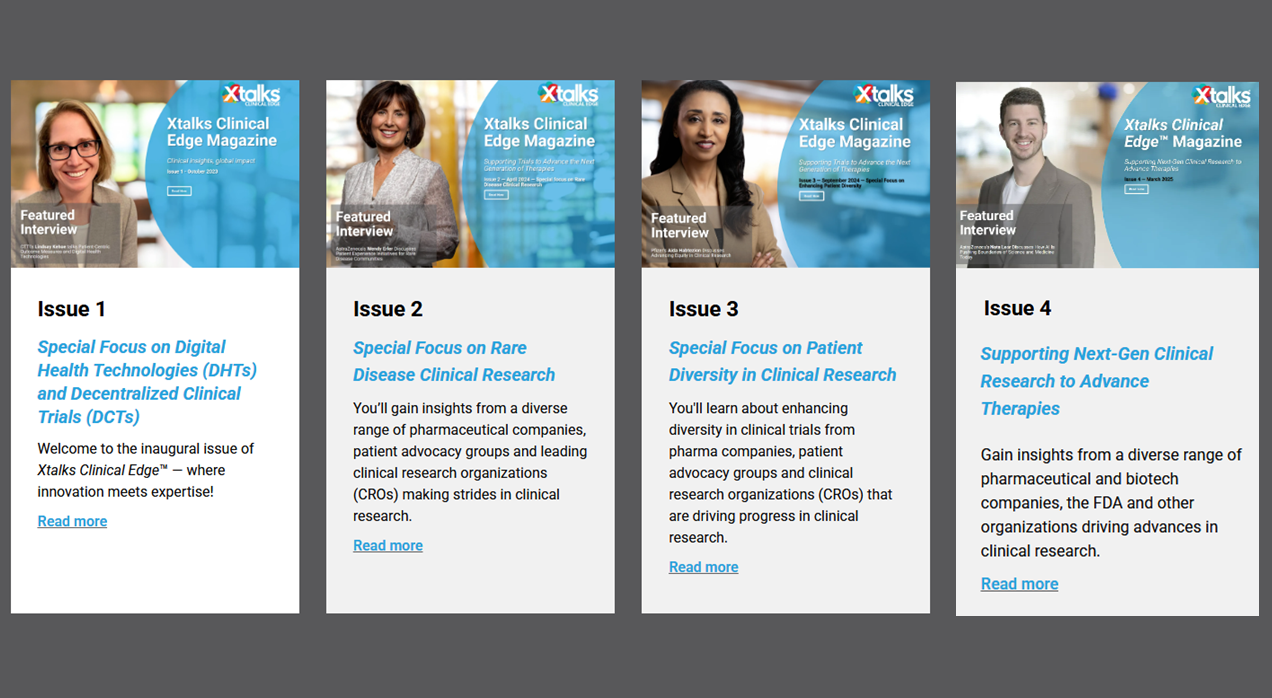We’ve run thousands of poll questions during our webinars at Xtalks.com, so we’ve learned the ins and outs of launching a successful poll question. This post will outline some of the most common questions we receive about poll questions, namely, “what is a poll question, exactly?” “why would you want to use a poll question?” and “what are the best examples of using a poll question?”
What are Webinar Poll Questions and Why Would I Want to Use One?
Webinar poll questions are live opinion surveys of the webinar audience that aim to get an audience interacting with a webinar presenter and their content. They’re a complete break from a presentation, so if you incorporate a poll question, make sure to set aside 1-2 minutes for each poll during your webinar.
If you’re presenting a topic for an hour, most presentations can benefit by keeping the content dynamic. By having the webinar moderator interject with a poll question, the audience gets to hear a fresh voice, experience a change in focus, as well as a chance to participate in a memorable interaction between themselves and the content you’re presenting.
4 Examples of Useful Poll Questions
1) Learn Something About Your Audience
From a webinar presenter’s perspective, poll questions offer a great opportunity to learn something about an audience. Savvy webinar presenters are often able to take the results of a poll question and use those results to adapt their content. For example, a poll result may indicate that you have a majority of clinical research associates in the webinar audience – well, if you’re able, shift your content so that you focus on information that is most applicable to those individuals.
Example:
What job roles are in the audience today?
-
I’m a CRA
-
I’m a Nurse Practitioner
-
I’m a Principal Investigator
2) Keep Your Poll Question Interesting for the Audience
Since we often declare the results of each poll question immediately after the audience has voted, try to make sure that both you and the audience will be interested in the results of the poll question. For example, construct the webinar poll question as a test of the audience’s current knowledge or knowledge that you’ve given them during the webinar. If a poll question is used as a teaching tool in this way, make sure to explain why some answers are better than others to help the audience learn your material.
Example:
Is the following statement true or false? When using a computerized system in a clinical trial, make sure to use defaults that enter data into a field when the field is left empty.
-
True
-
False
3) Get your Audience to Choose Their Own Adventure
Another method of adapting your presentation to the results of a poll question is to get your audience to choose which content you’ll be presenting. Of course, in order to do this, you’ll need to be extremely flexible with the content you plan to present during the webinar. Some of the best webinars we’ve been a part of have used this method. When the audience is actively involved in helping you present, you ensure that you’ll have their attention for the entire webinar. For example, since Xtalks audiences usually consist of highly specialized professionals, you might find that the original content you planned to present is too general or introductory in nature To avoid this, you could ask, “what aspect of my topic do you want me to focus on today?”. Alternatively, you could get the audience to navigate their way through a series of hypothetical situations that concomitantly help you to present your content.
Example:
A subject in a clinical trial develops a stomach infection that was treated with antibiotics, and wants to withdraw from the study. What do you do?
-
Report this as a SAE
-
Document and explain the withdrawal
-
Document this non-serious adverse event
4) Plan a Future Webinar Based on Poll Results
After you’ve presented your material, you want to make sure to keep the lines of communication open between you (or your company) and the audience. By presenting a few options for upcoming webinars, you have the opportunity to find out what your audience wants from you. They’ll be pleased that you’re listening to them, and you’ll be getting to the heart of what your audience needs to learn from you. Completing one webinar is great, but you really get to build a relationship with your audience once you’ve got a few webinars under your belt.
Example:
I’d like your next webinar to be on:
-
Patient Level Data Sharing
-
HER-EDC Integration Practices
-
Centralized Data Surveillance
Now that you’ve learned what it takes to develop great poll questions for your webinars, please keep in mind that you should use poll questions mindfully. Using ten polling questions during your 60 minute webinar is demanding too much from your audience. Be aware that your audience is in attendance because they’re interested in what you have to say, so don’t forget to put just as much effort into keeping your audience engaged with your webinar slides. In short, keep them engaged and get them interacting! Do you have any poll question ideas of your own? Please help out the Xtalks community and share with us in the comment section below. If you’re company is thinking about running a webinar with Xtalks, contact us, or check out our sponsorship opportunities.












Join or login to leave a comment
JOIN LOGIN